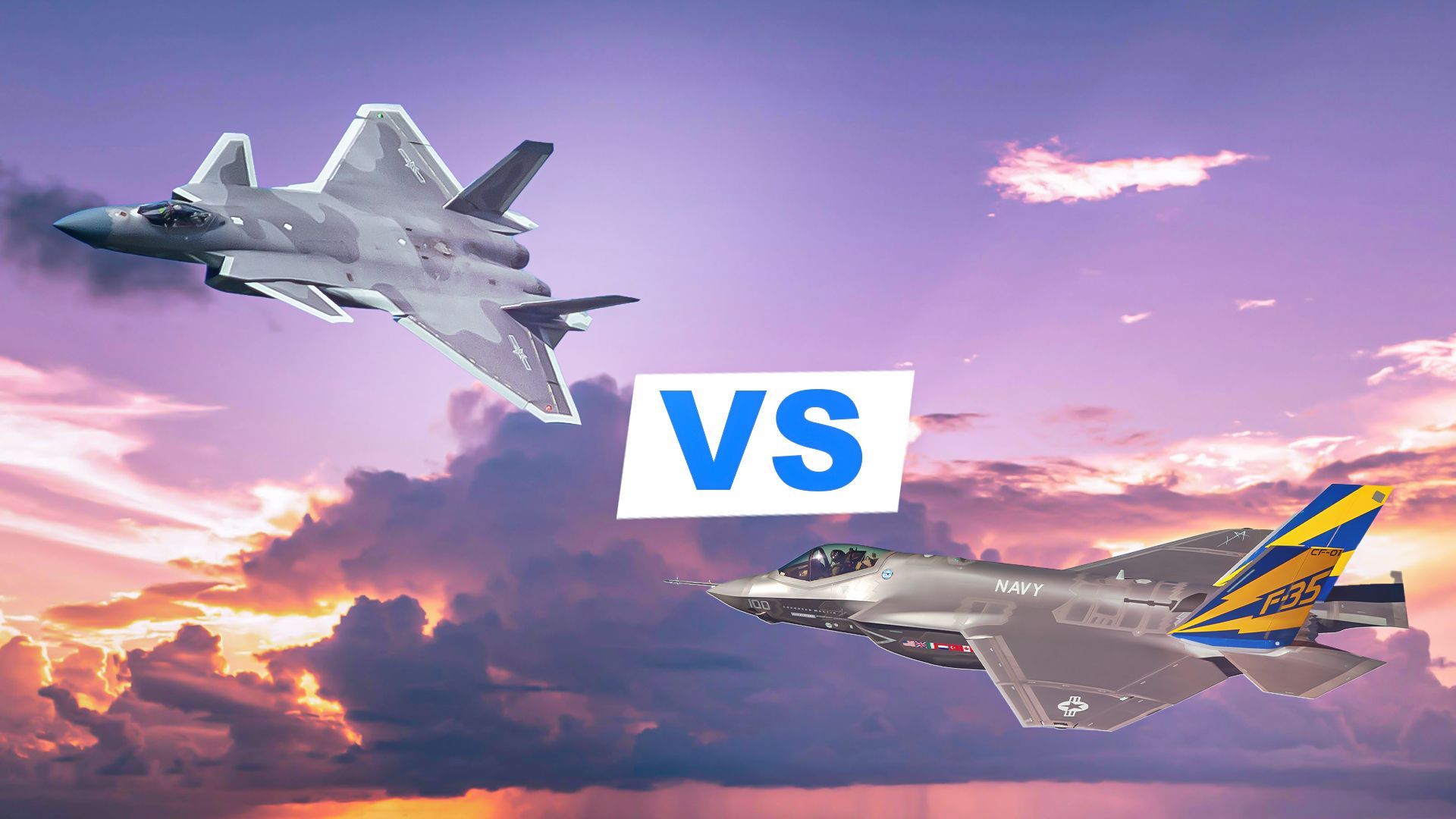Summary
- The China’s J-20 has a 25% greater max airspeed compared to the US F-35.
- The F-35 has greater overall stealth capabilities than the J-20 due to its smaller radar signature.
- The F-35 is combat-tested, while the J-20 remains an unproven commodity on the battlefield.
Yes, that’s right; fresh on the heels of doing separate articles on the J-20 and the F-35, this reporter is now doing a tandem article on both of these high-tech aerial weapons systems.
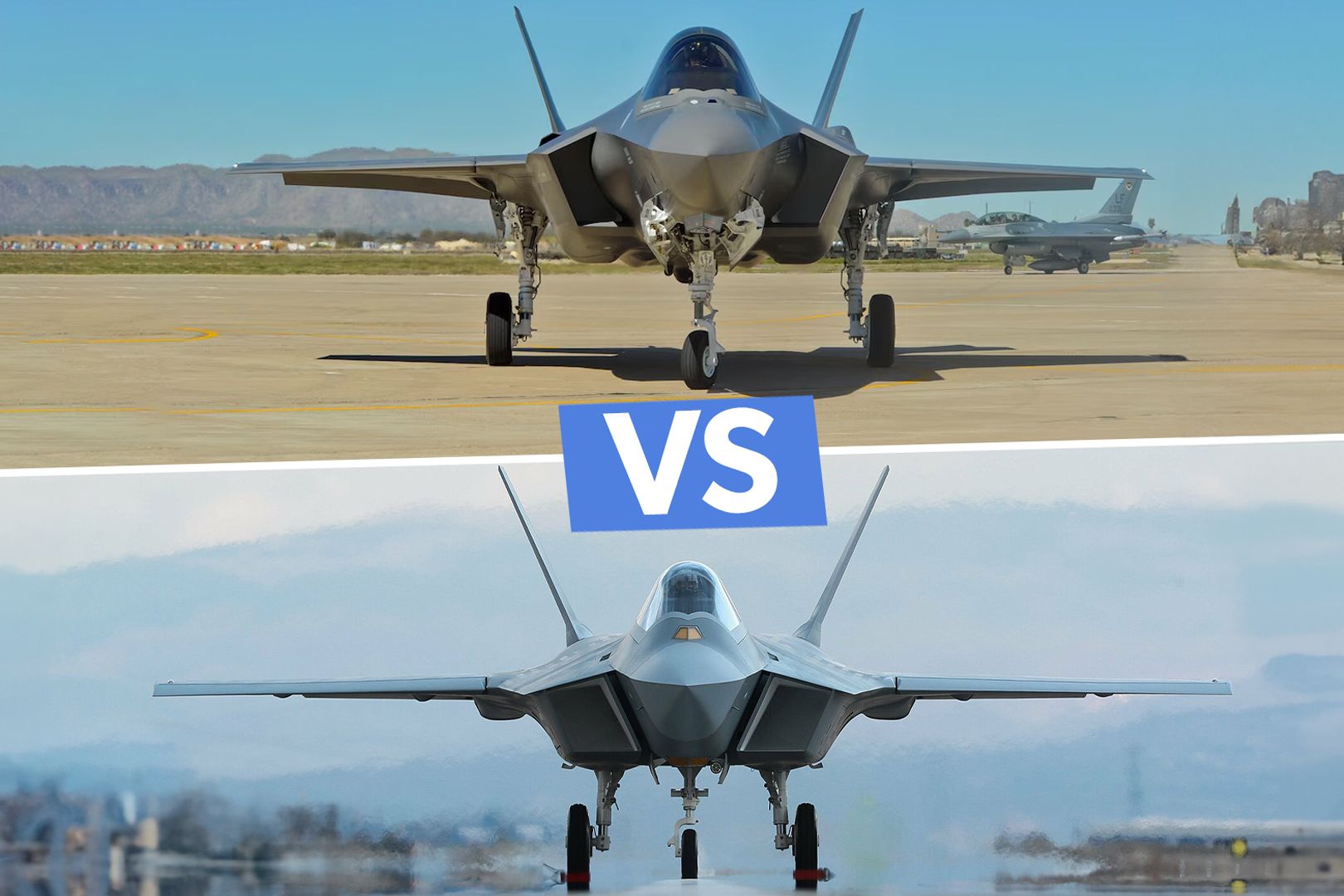
Related
Turkey’s KAAN Fighter vs US F-35: A Closer Look At Feuding Fighter Jet Capabilities
In spite of Turkey’s ties with Russia, it remains a U.S. ally via NATO. Now, its KAAN fighter is attempting to rival America’s F-35.
Granted, this is far from the first time we’ve compared & contrasted these two 5th Generation stealth fighters. But given The People’s Republic of China’s (PRC) ever-increasing aggression towards its Pacific Rim neighbors — especially Vietnam, Taiwan, India, and the Philippines — and the concurrent ever-ratcheting tension between the PRC and the United States, this is as good a time as any to re-examine how the two nation’s top-of-the-line 5th Generation stealth fighter planes’ capabilities compare to one another.
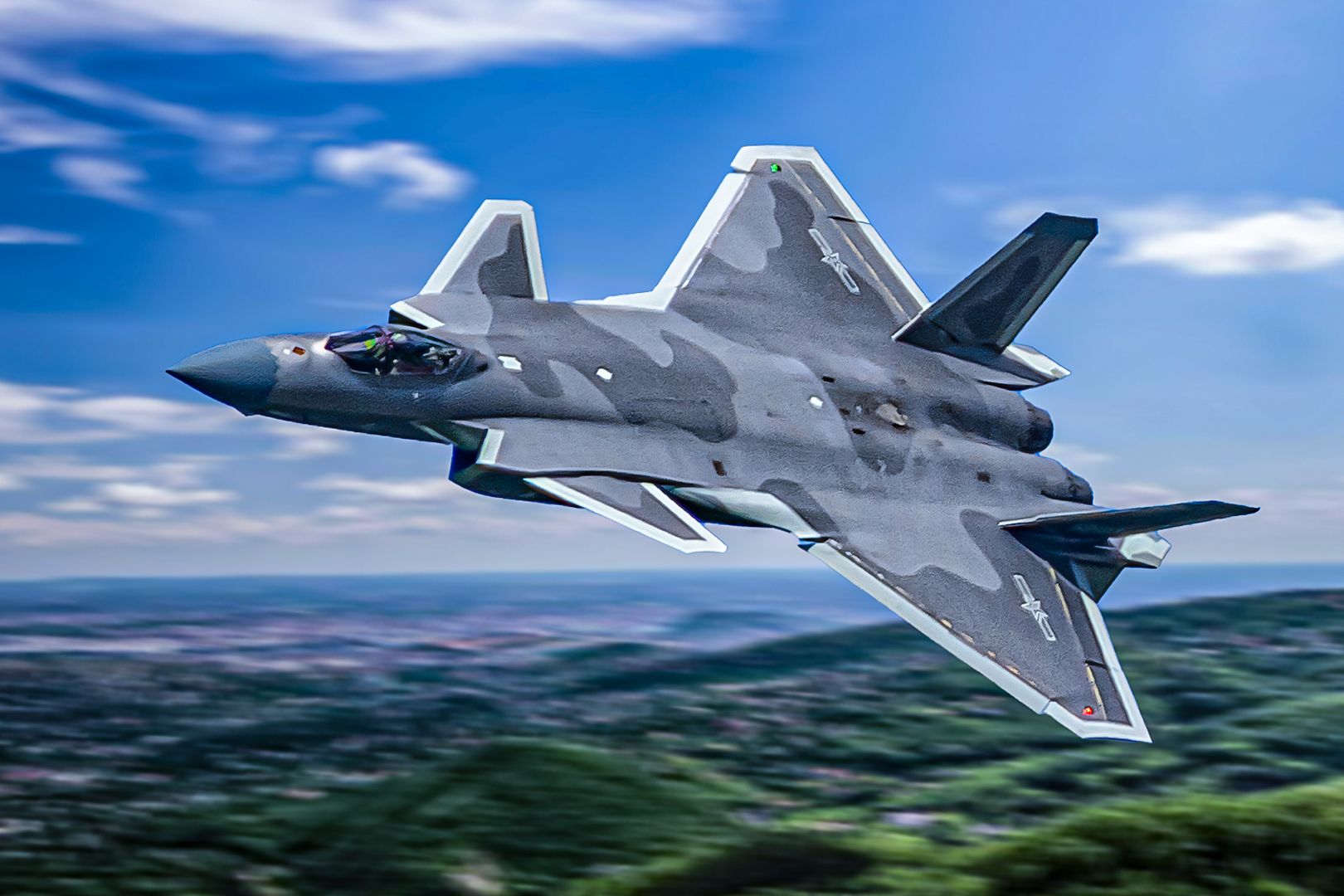
Related
Chengdu J-20: What You Need To Know About The Mighty Dragon
The Chengdu J-20 made quite a splash back in 2011 as the first non-Western stealth fighter. But what are its true capabilities vs. mere hype?
J-20 basics (early history and specifications)
The Chengu J-20 Wēilóng (威龙/”Mighty Dragon”; NATO reporting name Fagin, a la the nefarious thief in the Charles Dickens novel “Oliver Twist“) made its maiden flight on January 11, 2011, but wasn’t officially introduced into service with the PRC’s People’s Liberation Army Air Force (PLAAF).until March 9, 2017.
Specifications are as follows.
|
Crew: |
1 (Pilot) |
|
Fuselage Length: |
69 ft 7 in (21.2 m) |
|
Wingspan: |
42 ft 8 in (13.01 m) |
|
Height: |
15 ft 5 in (4.69 m) |
|
Empty Weight: |
37,479 lb (17,000 kg) |
|
Max Takeoff Weight: |
81,571 lb (37,000 kg) |
|
g Limits: |
+9/-3 |
|
Fuel Capacity: |
12,000 kg (26,000 lb) internally |
|
Powerplant: |
2 × Shenyang WS-10C afterburning turbofan, 142–147 kN (32,000–33,000 lbf) with afterburner |
|
Max Airspeed: |
Mach 2.0 (1,534 mph; 2,469 km/h; 1,333 kn) |
|
Combat Range: |
1,200 mi; 2,000 km; 1,100 NM) |
|
Service Ceiling: |
66,000 ft (20,000 m) |
|
Armament: |
|
F-35 Lightning II basics (early history and specifications)
[PLACEHOLDER] The Lockheed Martin F-35 Lightning II made its maiden flight on December 15, 2006. The US Marine Corps (USMC) was the first to press the warbird into official operational service, doing so via the F-35B variant on July 31, 2015; next up was the US Air Force (USAF) and the F-35A August 2, 2016; and finally the US Navy (USN) with the F-35C on February 28, 2019. Since then, 17 foreign nations’ armed forces (at last count) have also adopted the Lightning II
The F-35 is a product of Lockheed Martin’s legendary “Skunk Works” project — the brainchild of the late great Clarence “Kelly” Johnson — the same project that produced such iconic military planes as the P-38 Lightning (the original Lightning, that is), the U-2 “Dragon Lady” spy plane, the F-117 Nighthawk (the original “Stealth Fighter,’ though “Fighter is a misnomer in this case as it had no air-to-air combat capabilities), and the F-22 Raptor (the original 5th Generation fighter and first *true* stealth fighter).
Learn about another Skunk Works project that’s still just speculation at this point but still generating a lot of excitement…thanks in large part to “Top Gun: Maverick.”
Vital stats (for the F-35A variant) are as follows:
|
Crew: |
1 (Pilot) |
|
Fuselage Length: |
51.4 ft (15.7 m) |
|
Wingspan: |
35 ft (11 m); (35 ft for the F-35, how alphanumerically poetic and apropos, eh) |
|
Height: |
14.4 ft (4.4 m) |
|
Empty Weight: |
29,300 lb (13,290 kg) |
|
Max Takeoff Weight: |
65,918 lb (29,900 kg) |
|
Fuel Capacity: |
18,250 lb (8,278 kg) internal |
|
g Limits: |
+9.0 |
|
Wing Loading: |
107.7 lb/sq ft (526 kg/m2) at gross weight |
|
Powerplant |
1 × Pratt & Whitney F135-PW-100 afterburning turbofan, 28,000 lbf (125 kN) thrust dry, 43,000 lbf (191 kN) with afterburner |
|
Combat Range: |
|
|
Service Ceiling: |
50,000 ft (15,000 m) |
|
Armament: |
|
Racking & stacking the two competitors
So then, how do the 5th Generation fighters of these two competing Great Power adversaries stack up against one another?
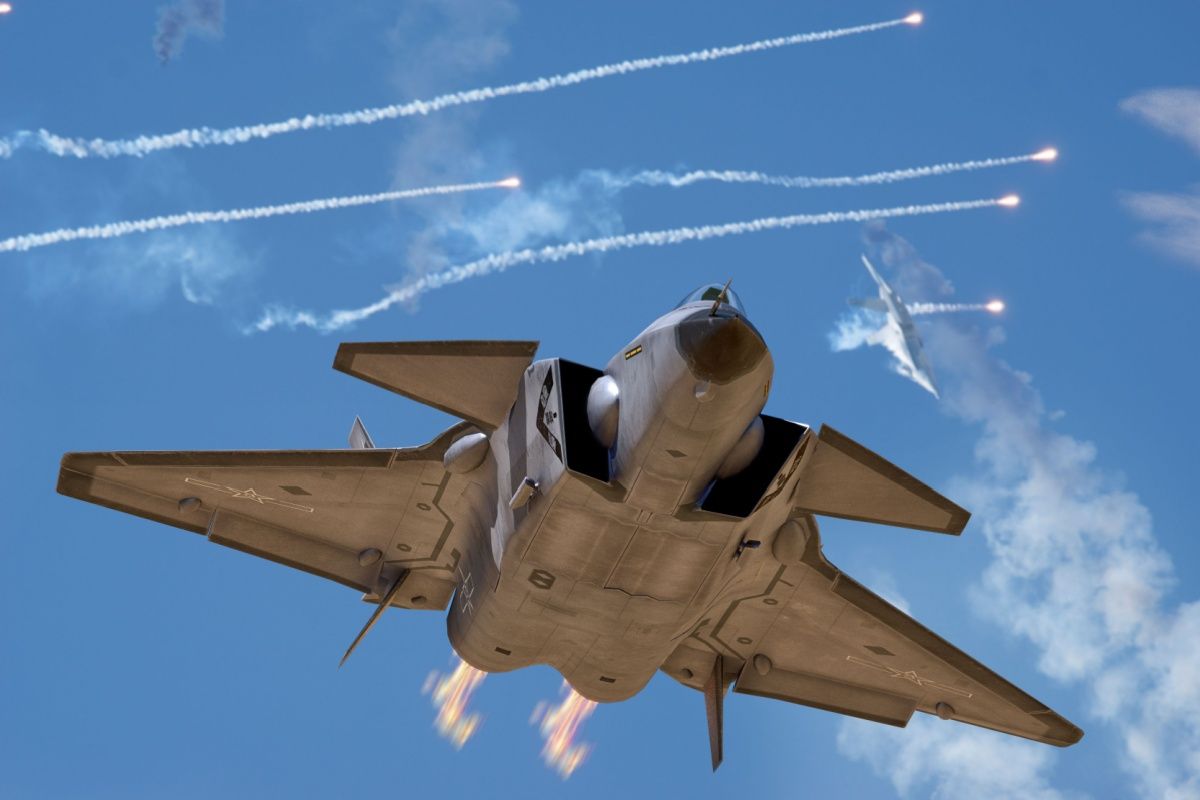
Related
China Deploys J-20 Stealth Fighters In Tibet Only 290km From India’s Squadron Of 16 Rafales
Satellite photos show China has deployed a limited number of 5th-gen fighters near the Line of Actual Control with India.
Surprisingly, the Chengdu product has a 25% greater max airspeed than the Lockheed Martin plane, though the latter reportedly has greater maneuverability.
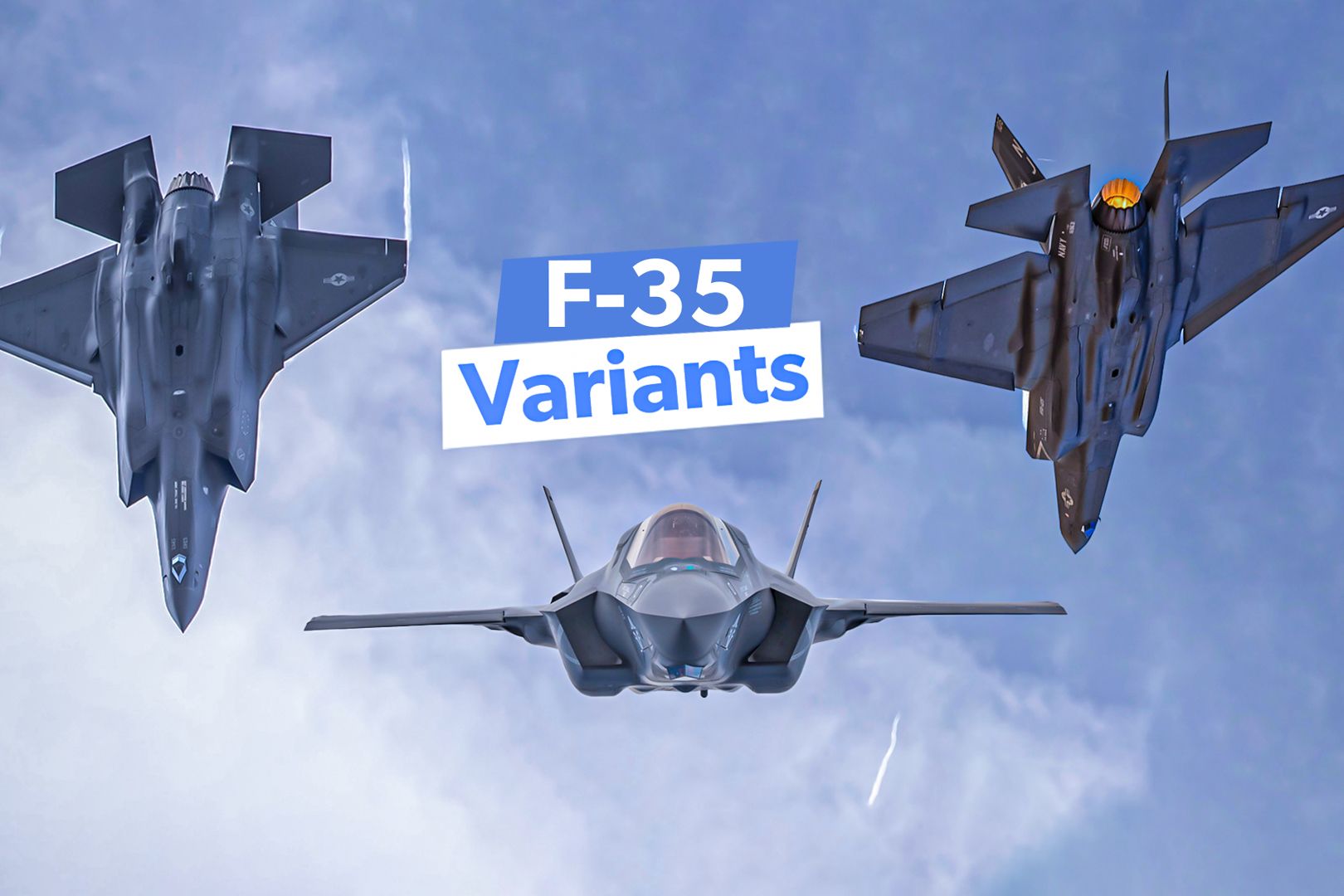
Related
How Are The F-35A, F-35B, And F-35C Lightning Variants Used By US Forces?
The F-35 stealth fighter has three very distinct variants optimized for three US service branches.
One item you see in the F-35 specs that’s conspicuous by its absence from the J-20 specs is the gun factor, i.e. a cannon. In other words, the so-called “Mighty Dragon” doesn’t breathe fire…at least not gunfire anyway. Presumably, the rationale is that close-range dogfighting is a thing of the past, and that all air-to-air combat will be done with missiles.
But you know what? That same rationale was applied by US military planners during the early years of the Vietnam War, which explains why initial versions of the venerable McDonnell Douglas F-4 Phantom II did not have a gun…That came back to bite the Phantom crews in the metaphorical derrière when they ran out of missiles and had nothing left to fight back when tangling with more nimble, cannon-armed MiG-17 “Frescos,” MiG-19 “Farmers,” and MiG-21 “Fishbeds.”
To reiterate what I said in my standalone article on the Wēilóng regarding its lack of a gun:
- Better to have one and not need it than vice versa.
- Even if you factor out dogfighting, the cannon can still come in handy for air-to-ground action, i.e. strafing enemy ground troops and vehicles.
That soapbox speech aside, when it comes to weapon types that both the Lightning II and the “Mighty Dragon” *do* have, the American warbird has the advantage in terms of versatility, i.e. the sheer variety of different numbers of different missile types and bomb types that can be carried.
On the other hand, the Chinese fighter has a greater payload capacity, and, as I also previously noted in that J-20 write-up, a fairly innovative weapons storage bay that’s completely internalized, thereby providing advantages in stealth (no radar signature unlike external weapons) and (theoretically at least) speed of weapons release.
In overall stealth capabilities, however, the F-35 has a distinct advantage. That’s because the overall construction of the Lightning II has a smaller radar signature, whilst the J-20s designers, for whatever reason, decided to place spike-like canards on the forward area of the fuselage which could conceivably compromise invisibility to radar.
As Col. (USAF, Ret.) John “JV” Venable, former commander of the Thunderbirds and now Senior Resident Fellow for Airpower Studies at the Mitchell Institute for Aerospace Studies recently put it:
““The J-20, in my estimation, would be dead long before it had the ability to maneuver against either the F-22 or the F-35. It’s got enough spikes on it to where the radar returns on it are likely to be much more significant, which means that the F-22 and the F-35 can see it a lot farther away.”
One might postulate that the J-20 is mechanically reliable, as there have been no horror stories that have made their way to the Western media about the Chinese plane having any reliability issues, whilst Stateside F-35s have been excoriated by the Western press for various teething issues.
In addition, the Wēilóng has two engines, which presumably would give a pilot the advantage of having a backup if one engine flames out, whilst the single engine of the Lightning II leaves a pilot no option to fall back on in case of engine failure.
That said, however: (1) China obviously doesn’t have freedom of the press and, as Alex Hollings of Sandboxx points out, doesn’t publish readiness rates for its warbirds as the US does, so for all we know, the “Mighty Dragon” could indeed be having mechanical issues, and we just don’t know it; and (2) international customers of the F-35 like the Royal Australian Air Force (RAAF) and Israeli Air Force (זְרוֹעַ הָאֲוִיר וְהֶחָלָל/Zroa HaAvir VeHahalal), for whatever reason, aren’t having the reliability issues that their American counterparts are having, and seem to be quite happy with them, thank you very much.
As for that lone engine of the F-35, it’s made by Pratt & Whitney, which has a 99-year track record of producing reliable engines.
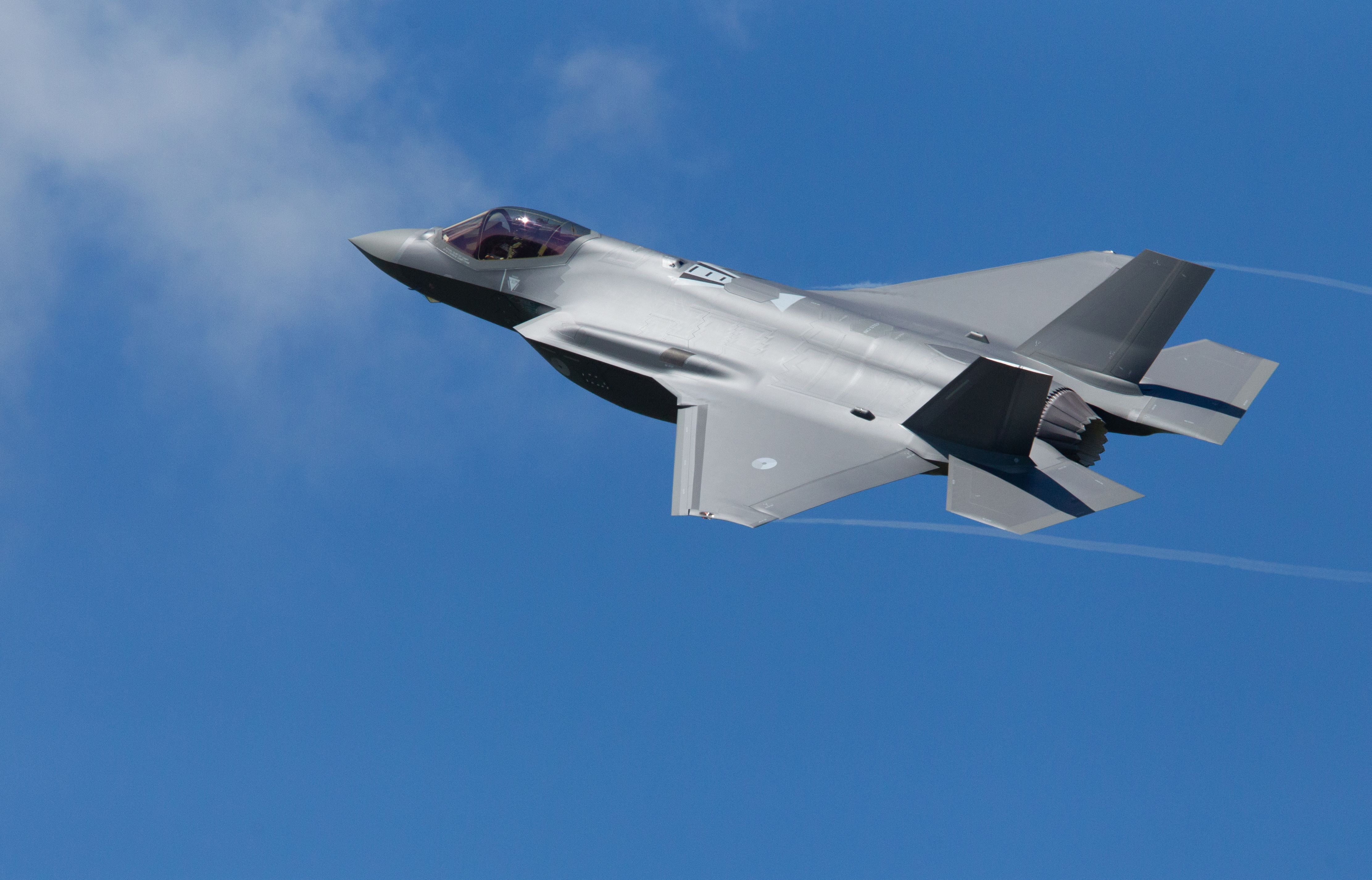
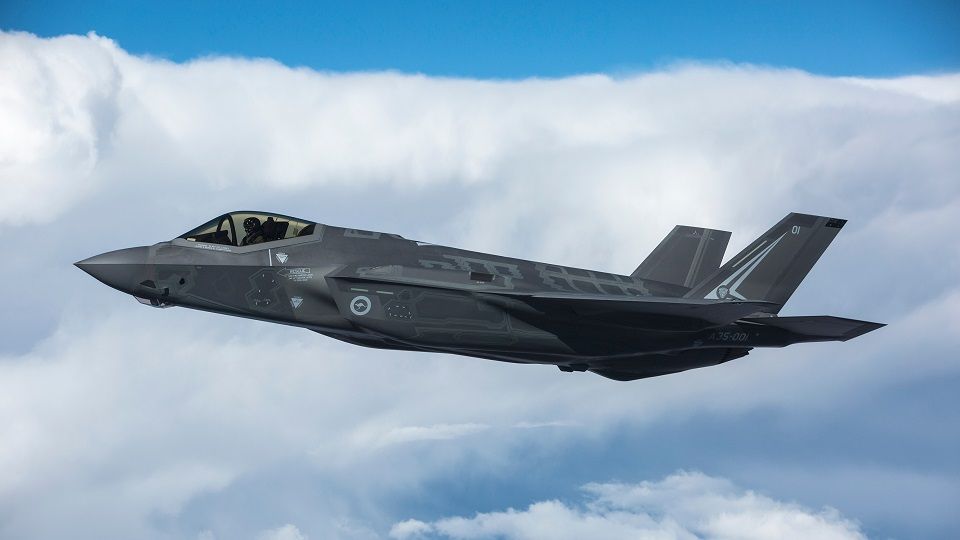
And speaking of the Israeli Air Force, that brings us to another key advantage of the American-made warbird: thanks to those Israelis, the Lightning II is already combat-tested, as they first “blooded” their F-35I “Adir” (אדיר; “Mighty One”) variant back in 2018 via airstrikes against the Hezbollah terrorist group. By contrast, the J-20 remains an unproven commodity on the battlefield (no, intimidation incursions into the Taiwan Strait don’t count).
